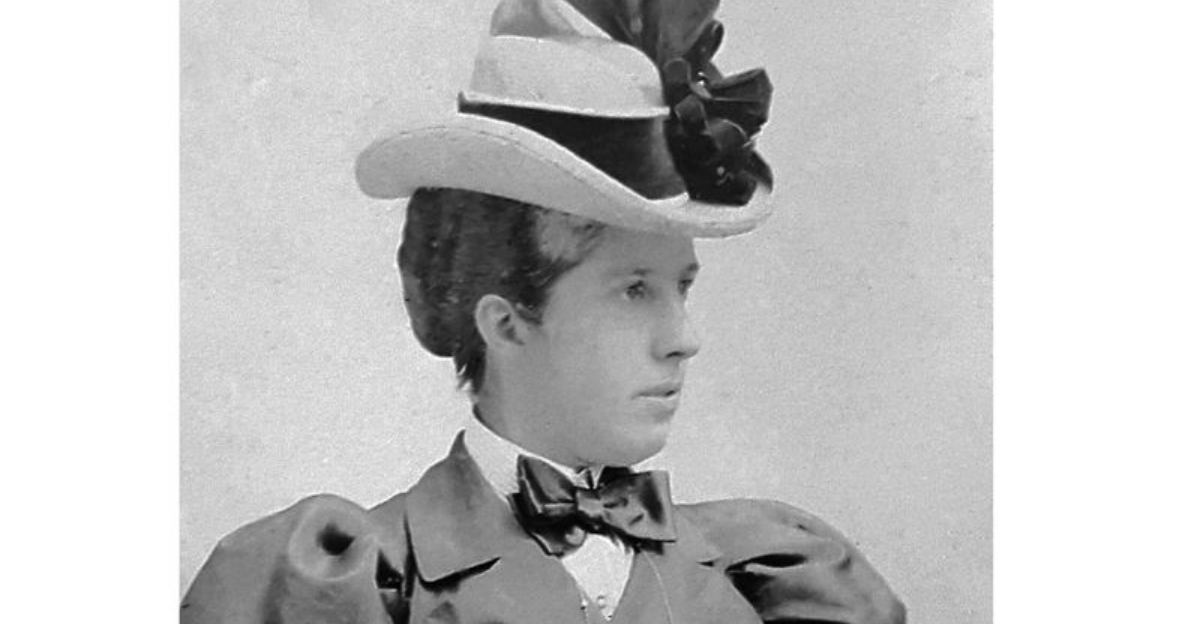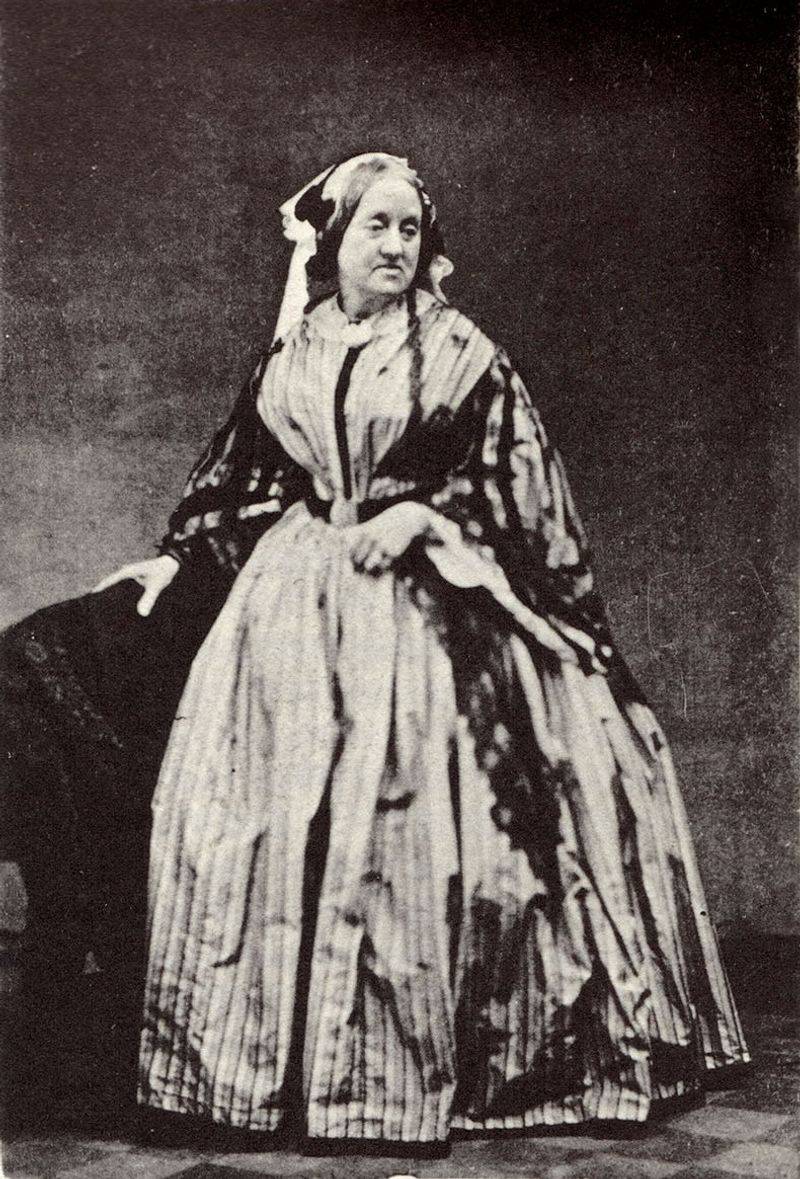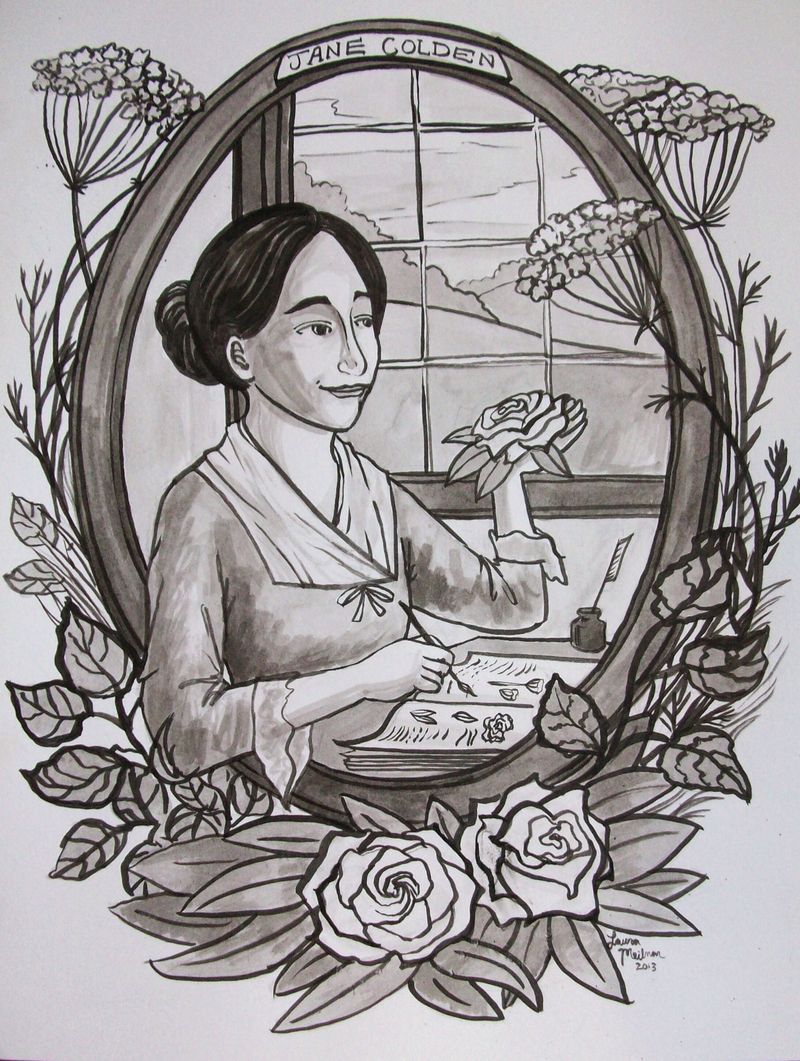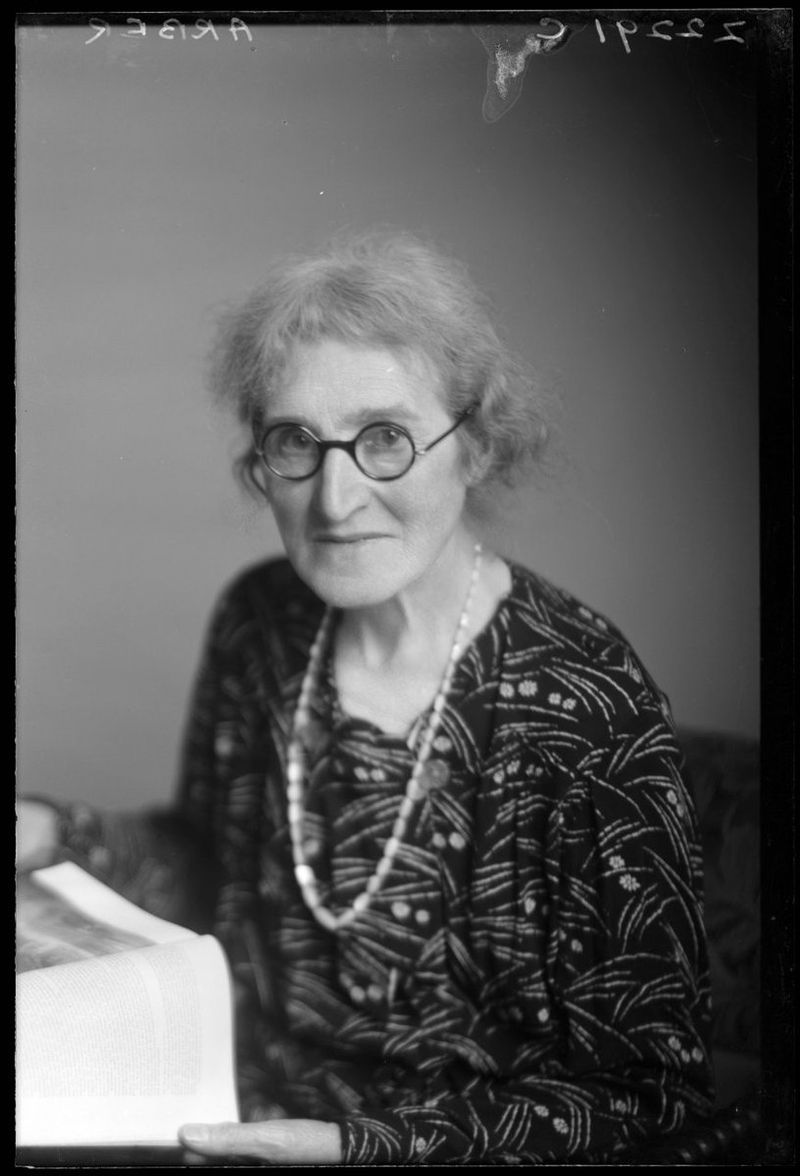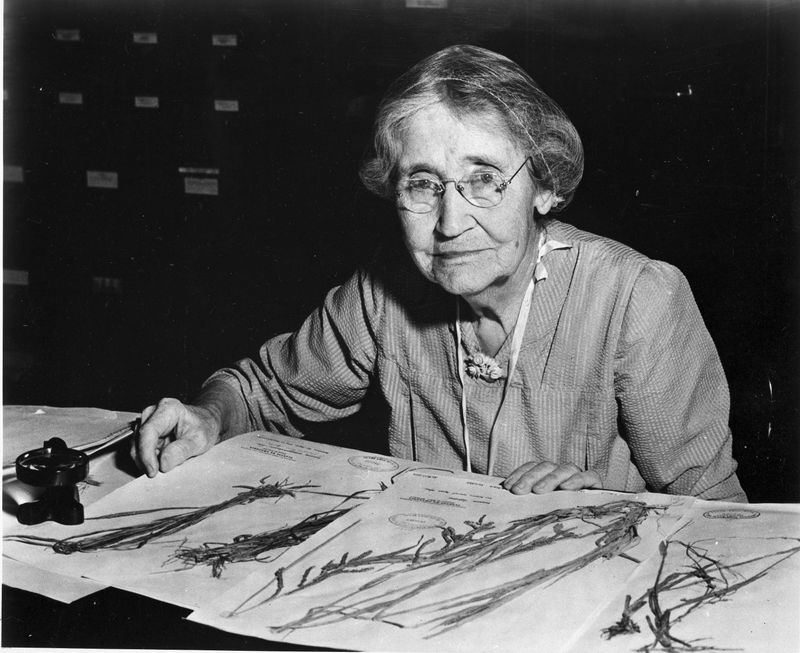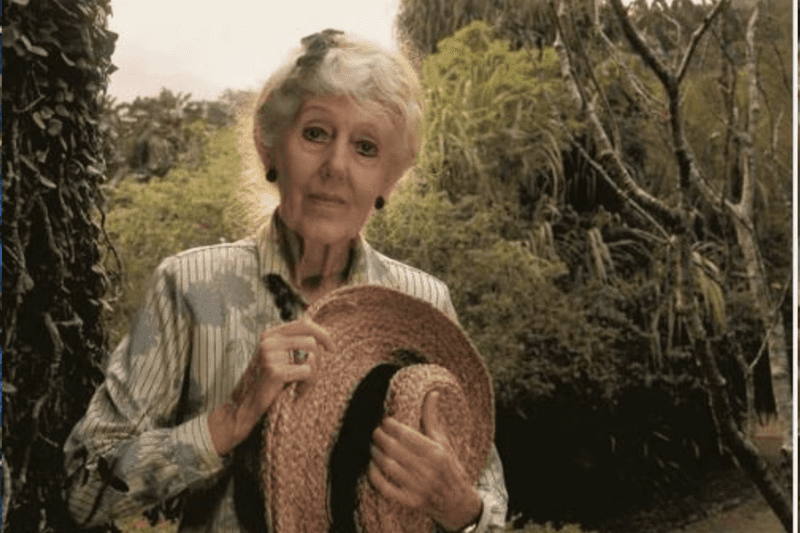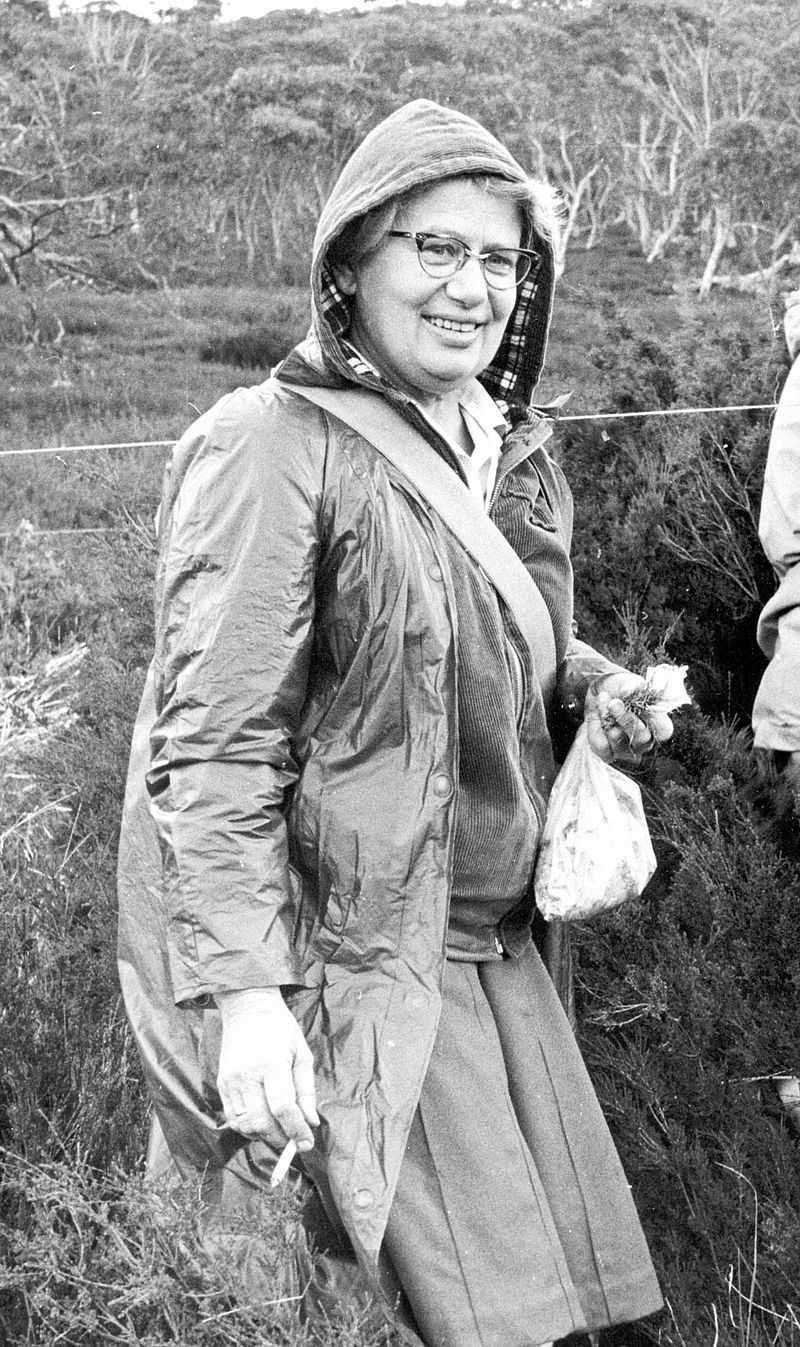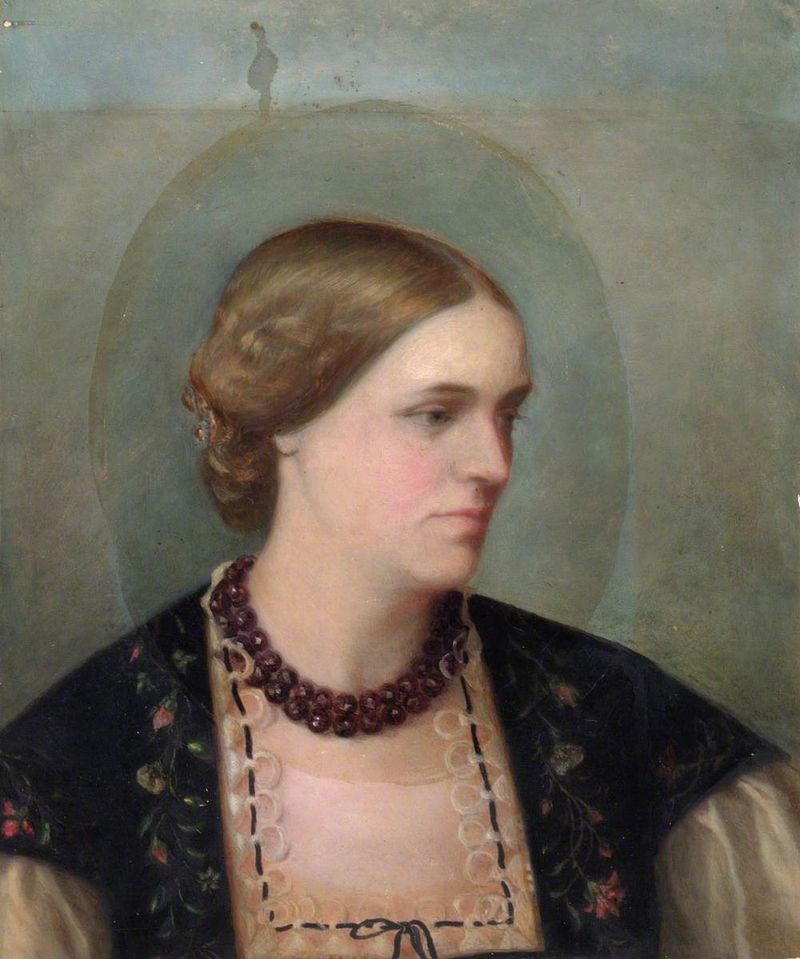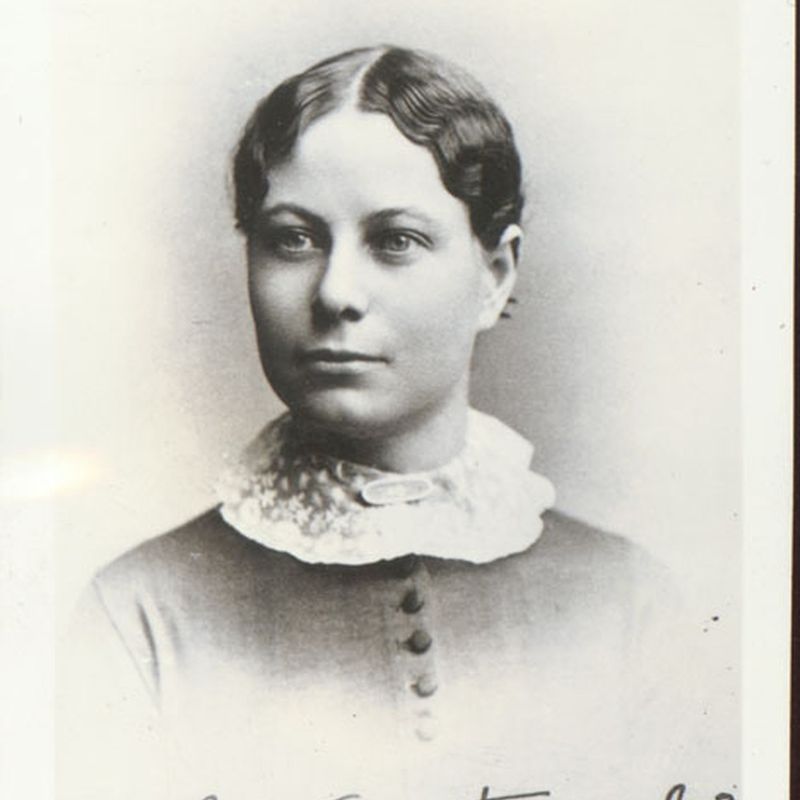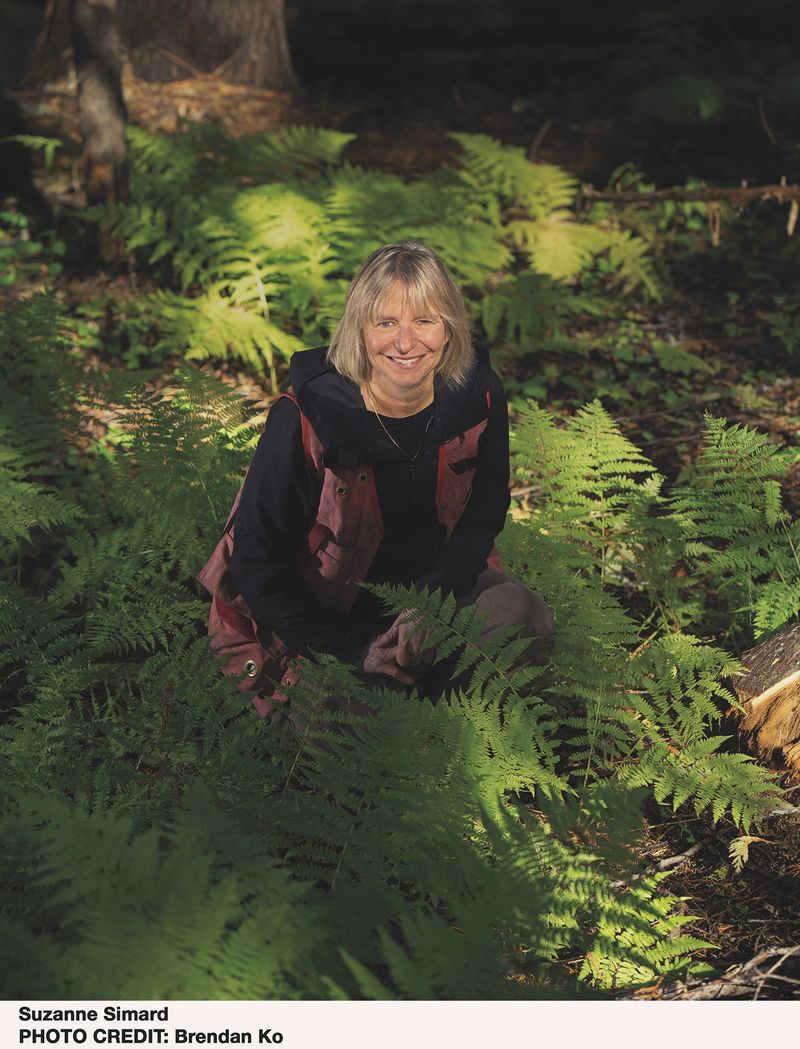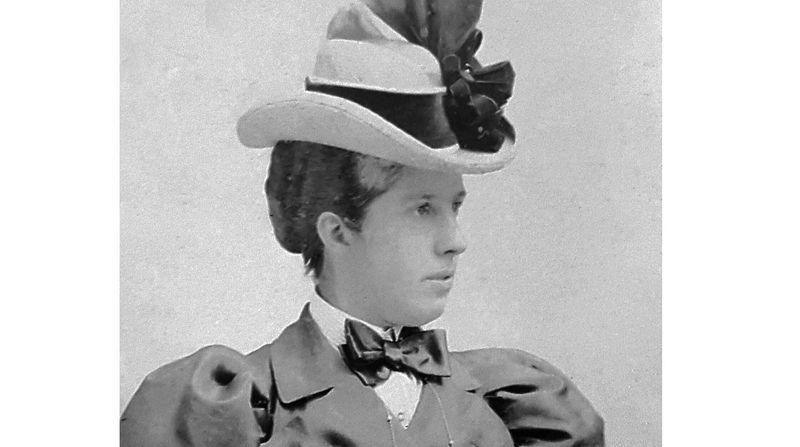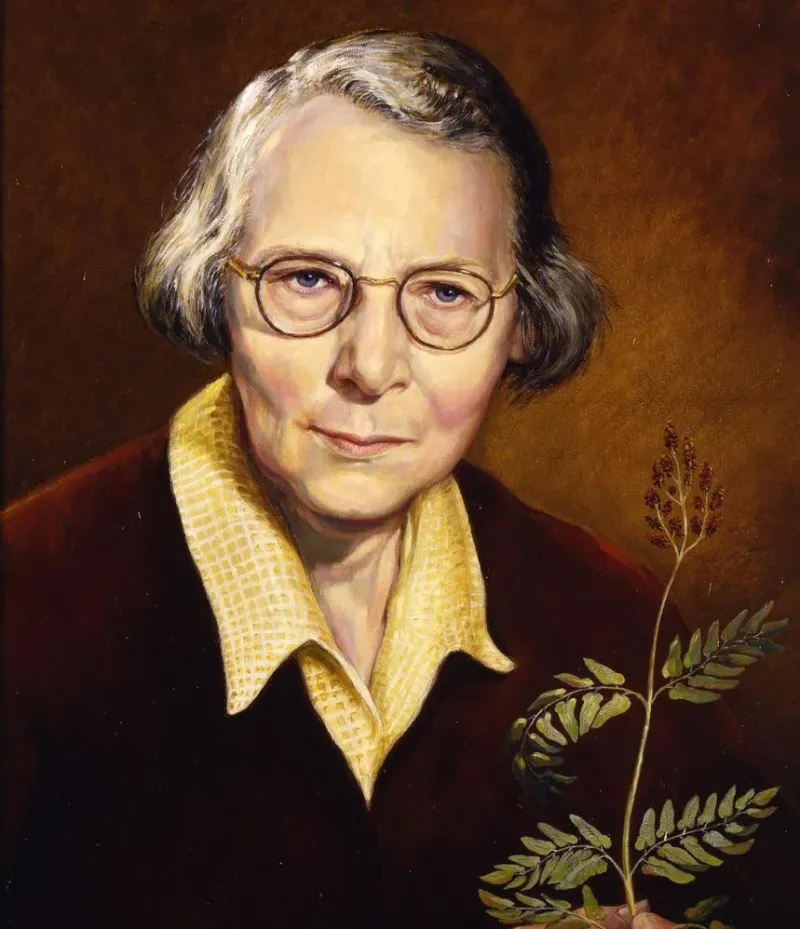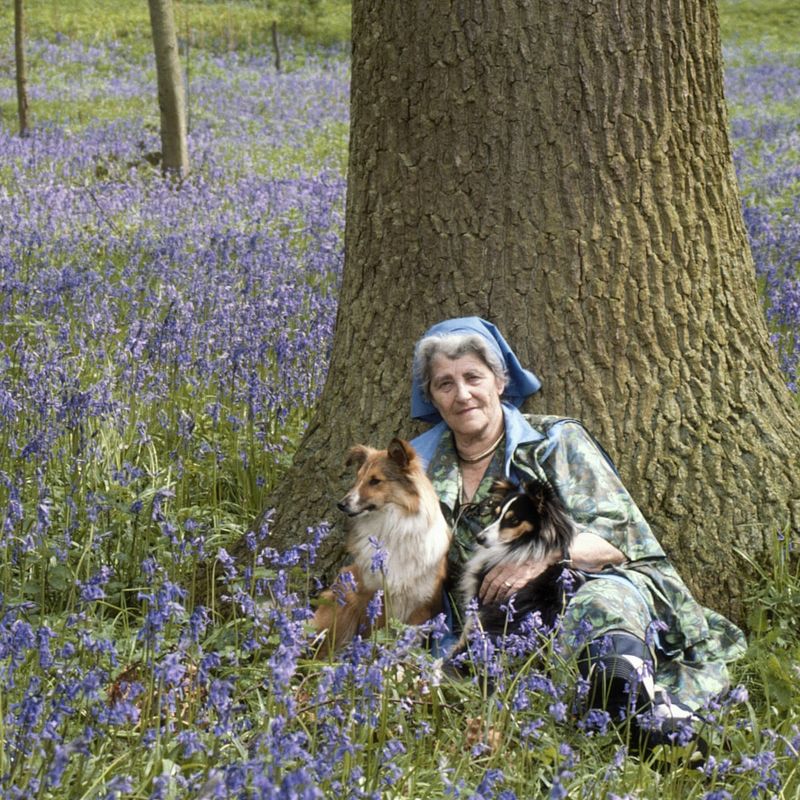Explore the fascinating lives and groundbreaking contributions of 14 remarkable women botanists who have left an indelible mark on the world of plant science.
From pioneering photography techniques to advancing our understanding of plant communication, these women have reshaped the botanical landscape.
1. Anna Atkins (1799–1871)
Anna Atkins was a trailblazer in botanical photography, merging art with science. Her work is celebrated for its innovation, particularly her cyanotype process.
Atkins’ album on algae is among the first photographic books, reshaping how plants were visually documented. This artistic approach allowed a broader audience to appreciate botanical diversity.
Her legacy endures through her unique integration of imagery and nature, inspiring future generations of botanists and photographers alike.
Atkins’ pioneering spirit illustrates the profound impact of combining scientific inquiry with artistic expression, a narrative still relevant in today’s scientific community.
2. Jane Colden (1724–1766)
Jane Colden is often considered America’s first female botanist. Living in the colonial era, she meticulously documented the flora of the New World.
Colden’s notebook, filled with detailed plant descriptions and illustrations, laid the groundwork for future American botanical studies.
Her methodical approach to plant taxonomy, including the careful notation of plant properties, showcased her keen scientific mind.
Colden’s work was especially notable as it provided a woman’s perspective in a male-dominated field, establishing her as a pioneer in the early American scientific community.
3. Hildegard of Bingen (1098–1179)
Hildegard of Bingen was a visionary medieval abbess and herbalist whose work transcended her time. Her writings on medicinal plants, embedded within her spiritual texts, offered a unique blend of science and spirituality.
Hildegard’s comprehensive herbal compendium, “Physica,” detailed the healing properties of plants, influencing both her contemporaries and future herbalists. This integration of faith and science promoted a holistic understanding of health.
Her teachings remain influential, advocating for a balanced relationship between nature and human well-being, thus leaving a lasting impression on the field of botanical science.
4. Agnes Arber (1879–1960)
Agnes Arber was a distinguished British plant morphologist whose research on plant structures and evolution had profound implications.
Her insightful studies on the anatomy of plants like grasses and ferns led to a deeper understanding of plant evolution. Arber’s publications, such as “The Monocotyledons,” continue to be pivotal in botanical education.
Her work championed the interconnectedness of plant groups, bridging gaps between disparate species.
Through meticulous observation and analysis, Arber’s contributions helped redefine relationships within the plant kingdom, inspiring generations of botanists to explore plant morphology with renewed vigor.
5. Mary Agnes Chase (1853–1963)
Mary Agnes Chase was an American agrostologist whose work revolutionized the study of grasses. Her extensive field research and publications, particularly her work on the taxonomy and classification of grasses, provided fundamental insights into agricultural science.
Chase’s dedication to weed science and her explorations in South America expanded the scope of botanical taxonomy. Her perseverance and passion for plant sciences broke barriers for women in academia, making her a revered figure in the field.
Her legacy continues to influence ecological and agricultural practices, underscoring the importance of grasses in ecosystems worldwide.
6. Margaret Mee (1909–1988)
Margaret Mee was a renowned botanical artist whose vibrant paintings captured the rich biodiversity of the Amazon. Her expeditions into the heart of the rainforest were both daring and enlightening, raising awareness about tropical plant conservation.
Mee’s artistic portrayals of rare and endangered plant species brought global attention to the ecological significance of the Amazon. Her illustrations served as both scientific documentation and advocacy, influencing conservation efforts.
Through her art, Mee emphasized the beauty and fragility of tropical ecosystems, inspiring a deeper appreciation and urgency for their protection.
7. Nancy Burbidge (1912–1977)
Nancy Burbidge was an influential Australian botanist and taxonomist known for her extensive research on the continent’s unique flora. Her dedication to classifying and documenting Australian plant species helped enrich botanical science.
Burbidge’s work with the National Herbarium of Victoria and her publications advanced the understanding of Australia’s botanical diversity. She was instrumental in producing the first comprehensive census of Australian plants.
Burbidge’s legacy in taxonomy and botanical conservation has left a lasting impact, encouraging continued exploration and preservation of Australia’s rich botanical heritage.
8. Marianne North (1830–1890)
Marianne North was a pioneering botanical artist whose extensive travels resulted in an unparalleled collection of plant and landscape paintings. Her vivid, detailed works captured the beauty of exotic species worldwide, from South America to Asia.
North’s paintings were more than just art; they were a scientific resource that documented the diversity of global flora in the 19th century. Her work inspired interest in botany and conservation, highlighting the interconnectedness of ecosystems.
The Marianne North Gallery at Kew Gardens stands as a testament to her contributions, showcasing her artistic and scientific legacy.
9. Alice Eastwood (1859–1953)
Alice Eastwood was a dedicated curator and taxonomist whose work at the California State Herbarium left a significant mark on North American botanical science.
Her meticulous cataloging of plant species contributed to the advancement of botanical knowledge. Eastwood’s innovative methods in herbarium organization and plant taxonomy have been influential.
Her passion for botany was evident in her efforts to preserve rare specimens, particularly after the 1906 San Francisco earthquake.
Eastwood’s contributions highlight the vital role of botanical curation in scientific research and underscore her enduring influence on the field.
10. Dr. Suzanne Simard (b. 1963)
Dr. Suzanne Simard is a modern forest ecologist renowned for her groundbreaking research on the “wood-wide web.”
Her studies revealed the complex underground networks of fungi and roots that facilitate communication and nutrient exchange among trees.
Simard’s work has transformed our understanding of forest ecology, emphasizing the cooperative interactions within plant communities. Her findings advocate for sustainable forestry practices that recognize the interconnectedness of ecosystems.
By highlighting these interactions, Simard has helped reshape forestry management, fostering a greater appreciation for the intricate relationships that sustain forest health and biodiversity.
11. Dr. Nalini Nadkarni (b. 1954)
Dr. Nalini Nadkarni is a pioneering forest canopy ecologist whose research has opened new frontiers in our understanding of arboreal ecosystems. Her innovative techniques for studying life above the forest floor have been transformational.
Nadkarni’s work emphasizes the importance of canopy dynamics in global ecological processes. Her outreach efforts, including public education and conservation advocacy, have heightened awareness of forest preservation.
By exploring the complex layers of forest canopies, Nadkarni has provided a richer understanding of biodiversity and highlighted the critical role these environments play in maintaining ecological balance.
12. Ellen Willmott (1858–1934)
Ellen Willmott was a celebrated horticulturist whose passion for ornamental gardening significantly impacted plant cultivation. Her garden designs and plant introductions have shaped modern horticultural aesthetics.
Willmott’s dedication to breeding and preserving ornamental species enriched botanical gardens worldwide. Her influence extended beyond horticulture; she was instrumental in promoting the appreciation of garden design as an art form.
Willmott’s legacy lives on through the gardens she crafted and the enduring beauty of the plants she championed, inspiring gardeners to view their craft as both a science and an art.
13. Irene Manton (b. 1928)
Irene Manton was a prominent British botanist and plant cell biologist whose pioneering research on cell structures advanced our understanding of plant evolution.
Her studies of algal cell ultrastructure were groundbreaking, revealing insights into plant physiology and development. Manton’s work laid the foundation for future cellular and molecular botany research.
Her detailed analysis of cell morphology contributed to broader biological concepts regarding plant life cycles and adaptations.
Through her meticulous research, Manton not only enhanced botanical science but also inspired an appreciation for the intricate complexities of plant cells.
14. Dame Miriam Rothschild (1908–2005)
Dame Miriam Rothschild, though primarily known as an entomologist, made significant contributions to our understanding of plant-insect interactions.
Her interdisciplinary research enriched the field of plant ecology, highlighting the intricate relationships between plants and their pollinators.
Rothschild’s studies demonstrated the delicate balance within ecosystems and the necessity of preserving these interactions. Her work emphasized the importance of biodiversity and the role of insects in plant reproduction.
Rothschild’s holistic approach to ecology has fostered greater awareness of the interconnectedness of nature, encouraging conservation efforts to protect vital ecological relationships.
